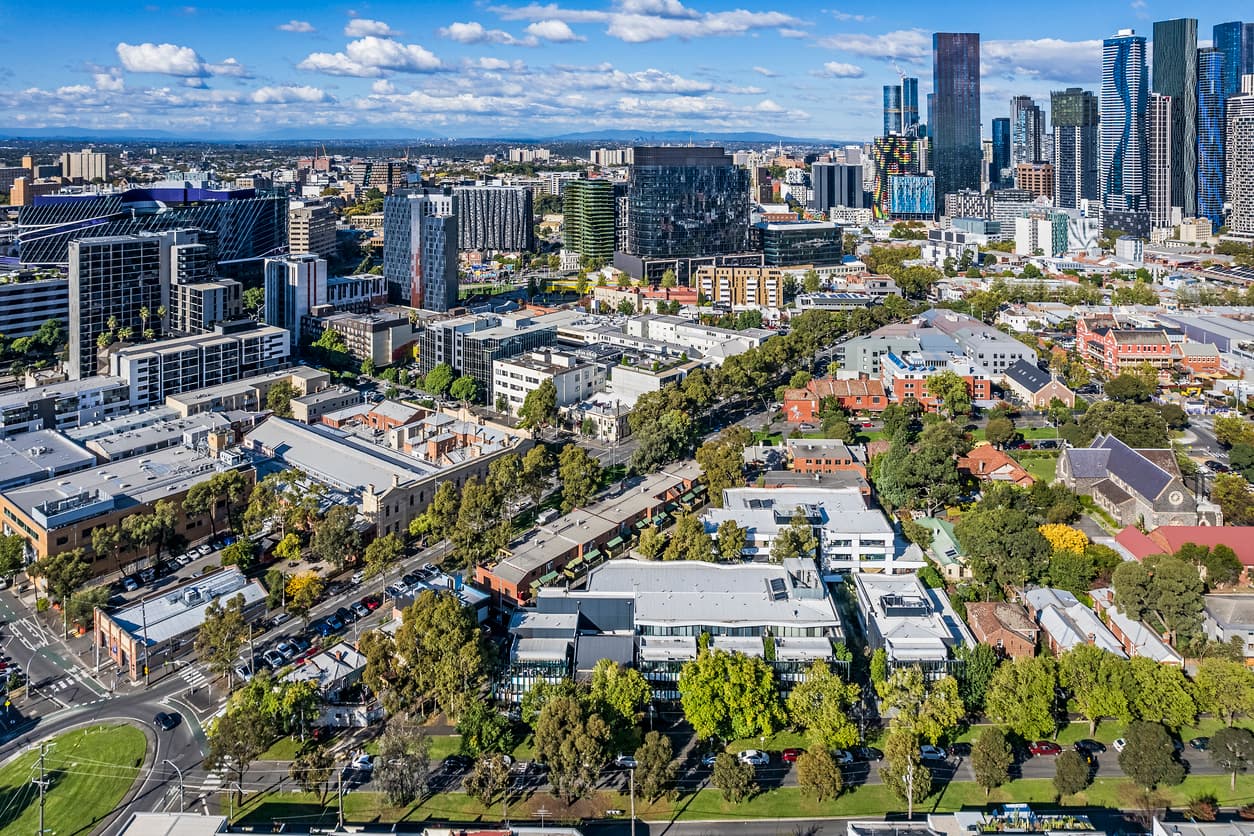Australian governments and private developers are under intense pressure to rapidly deliver more housing while maintaining high standards of quality and sustainability. Meanwhile, the construction sector continues to grapple with rising costs, skills shortages and delivery demands.
Is modular construction the answer for raising productivity and achieving more consistent quality? In theory, yes. In practice, challenges remain.
The potential benefits of modular components, volumetric units and prefabricated facades are compelling: shorter construction programs, more predictable costs and timing, enhanced safety and quality through standardisation, and less waste and embodied carbon.
Yet despite its potential to lift productivity in the construction sector – which has fallen over the last 30 years – modular currently accounts for less than 5% of Australian building output. Barriers around logistics, procurement models, financing confidence and market scale are keeping the brakes on uptake.
The logistics challenge
Even the most precisely manufactured modules must reach site safely and on time – and then be lifted, positioned and integrated efficiently. Transporting large units means planning for port and road access, crane availability and operations, and staging of works.
Managing interfaces with civil works and service connections is also critical. If works relating to foundations or utilities are poorly sequenced, the factory-based productivity gains can rapidly evaporate.
Unlocking genuine efficiencies depends on seamless integration of off-site production, transport and on-site works – achievable only through early, informed and detailed planning.
Managing risk differently
Modular construction front-loads risk, capital outlay and decision-making. Much of the design and procurement work must be locked in early, shifting the traditional linear design–bid–build paradigm. This demands new approaches to contracts and risk allocation, as well as stronger alignment and collaboration among developers, designers, manufacturers and builders.
It’s tempting to think of modular as segmented and insulated from the inevitable compromises and ongoing problem-solving of traditional projects as they evolve through design and construction. In reality, modular will add more value when designers and manufacturers of the prefabricated elements are fully integrated with all other delivery partners from start to finish.
Financiers and insurers will need confidence. Clearer standards, transparent allocation of risk, and evidence of performance will help investors see modular as a bankable solution.
Navigating standards, compliance and quality
A major hurdle is that building codes are still geared towards on-site construction and lag behind the prefabricated/modular paradigm, which often involves offshore manufacturing.
Modules produced overseas may be fabricated to different codes, tolerances or material specifications, creating uncertainty for certifiers and asset owners. This creates a risk of delays or rework if components don’t meet Australian standards once on site. With closer integration between the local design team and the offshore manufacturer, there can be greater confidence that modules will meet compliance requirements and perform as intended.
For the sector to confidently adopt global supply chains, alignment between Australian standards bodies and offshore manufacturers will be critical. Developers and governments should prioritise suppliers with rigorous quality assurance frameworks and compliance processes – and invest in independent inspections at the point of manufacture.
Digital precision more important than ever
For any construction project, advanced digital technologies such as BIM, digital twins, AI and robotics are powerful enablers. BIM creates a single digital source of truth, improving coordination, reducing rework and supporting cost predictability.
With modular elements needing millimetre precision, embedding digital requirements into procurement is fast becoming non-negotiable.
Building scale through procurement
One of the biggest barriers is the lack of scale. Without a long, strong pipeline, manufacturers can’t easily justify their investment in the technology and skills required to deliver at lower unit costs.
Governments have a unique opportunity to drive change. Multi-year orders for social and affordable housing, student accommodation, education or health projects could create the certainty suppliers need to scale up.
Another major barrier is the limited experience among main contractors and subcontractors, often leading to risk-averse pricing. Overcoming this will require repeated delivery and a shift in developer mindset – treating modular not as a one-off experiment but as a strategic portfolio approach that builds capability and confidence across the supply chain.
As modular expands, workforce strategies will need to adapt too. Factory-based construction requires more manufacturing and digital skills, and fewer skilled tradespeople. The dual advantages for productivity are (1) freeing skilled trades for site work, where they’re in extreme demand, while (2) broadening the labour pool by attracting unskilled workers and those preferring safer, more predictable and more conveniently located roles.
Towards a more productive sector
Increasing modular uptake in Australia’s risk-averse construction sector will require a cultural shift and an openness to rethinking how projects are conceived, financed and delivered. For developers, this means embracing modular as a core pathway rather than a niche solution. For governments, it means leveraging procurement power to foster certainty and investment. For all parties, it means collaboration, risk sharing, and commitment to whole-of-life value.
With the right strategies, modular construction has tremendous potential to help transform Australia’s built environment and accelerate the roll-out of urgently needed housing. It isn’t a cure-all for the challenges facing Australia’s construction industry, and it won’t be the right hammer for every nail. But for repeatable, scalable building types, modular could be our most powerful lever for faster delivery, consistent quality, and greater certainty and value.
All eyes are now on the projects at the cutting edge of this new frontier – to see how innovation at the fringe can turn into an everyday reality.







